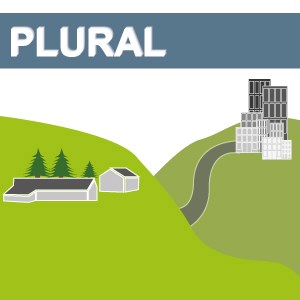We take a closer look at forest properties, their urban and rural resident owners values, forest management choices and future trends. We also look at effects urban residents have or could have on rural municipalities.
It's become more common to live and act at several places. Many live and work in a city while owning a forest property in another municipality where they spend some of their spare time. These so called urban residents often have other values than the rural residents who live on or nearby their property. Considering that about 50% of the Swedish productive forests are owned by urban and rural residents it becomes somewhat important to know how they think when it comes to forest management and local development. What are the trends? More or less urban residents? How does this affect the municipalities?
It could very well support local development, increase linkage between municipalities and their rural residents as well as understanding each other preferences and needs when it comes to land use.
How and where we do our research
The PLURAL project takes a closer look at changes in owners and living patterns using unique databases for population and forest owners. We've also looked into rural and urban residents preferences using letter surveys and focus groups. Including both urban and rural residents, but with particular focus on those splitting their time between locations.
We also do in depth interviews with different groups of people, specifically the ones splitting their time between locations. This to better grasp their strategies for residency and life style choices. This knowledge is being used to better understand what different people want out of their relationship with the rural municipalities and how those connections are reinforced in order to strengthen the rural development.
The project works together with two municipalities, one in southern Sweden, Kristianstad, and one in northern Sweden, Vilhelmina, in order to develop scenarios on municipal development and how different choices today will reflect on future development.
How to use our results
The results can be used for municipality planning, forest planning, predicting residents moving patterns, avoiding possible conflicts and increase understanding between residents. The results will be published online at www.northportal.info and hopefully also as a book.
